
The 9/11 terrorist attacks has topped the list of most memorable televised moments the last half-century.
In the meter of memorable televised moments, the attacks that killed nearly 3,000 people beat out Neil Armstrong's moon walk and the Beatles gig on 'The Ed Sullivan Show' by a gaping margin, according to the survey by Sony Electronics and Nielsen.
Let's take a look at the Top 12 moments that had the world glued to television sets.
Click on NEXT to go further...
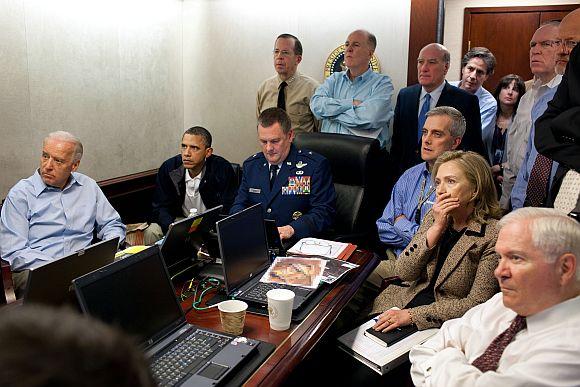
On May 2, 2011, US Navy Seals in a remarkably planned operation took out the world's most dreaded terrorist, Osama bin Laden.
In the final hour of primetime television on Sunday night, May 1, numerous shows were interrupted for the announcement that the Al Qaeda chief was now dead and his body was in the custody of the United States.
Read more about the story here
Click on NEXT to go further...

The funeral of Diana, Princess of Wales, on September 6, 1997, attracted worldwide attention. On the four-mile journey from Kensington Palace to Westminster Abbey, Diana's casket, itself rather simple, was followed by her sons, her brother, her ex-husband Prince Charles, her ex-father-in-law Prince Philip, and five representatives from each of 110 charities Diana had supported.
An estimated 2.5 billion watched the funeral on television -- about half the people on earth. Over a million in person watched the procession of the funeral cortege, or the journey to her private burial.
Read more about the story here
Click on NEXT to go further...
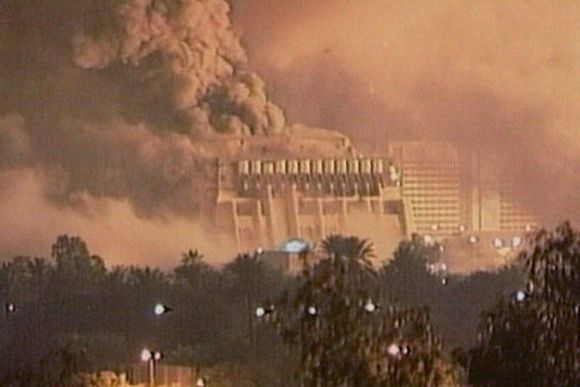
The 2003 invasion of Iraq involved unprecedented media coverage.
The coverage itself became a source of controversy, as media outlets were accused of bias, reporters were casualties of both Iraqi and American gunfire, and claims of censorship and propaganda became widespread.
Read more about the story here
Click on NEXT to go further...
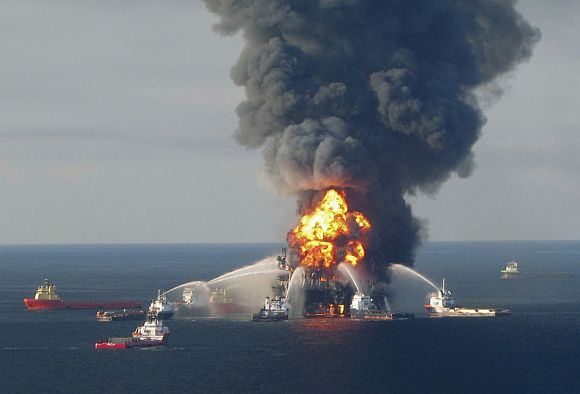
The massive oil spill in the Gulf of Mexico, which began with the Deepwater Horizon rig explosion on April 20 and continued to gush for another three months, posed a daunting set of challenges for the news media.
The oil spill was by far the dominant story in the mainstream news media in the 100-day period after the explosion, accounting for 22 percent of the newshole. In the 14 full weeks since April 20, the disaster finished among the top three weekly stories 14 times. And it registered as the number 1 story in nine of those weeks.
Read more about the story here
Click on NEXT to go further...

A man who became perhaps the most famous criminal defendant in American history and so easily recognizable that people referred to him by his initials only. It went on for nine months. There were 11 lawyers representing the man in the dock and 25 working around the clock for the largest prosecutor's office in the country.
It became the most publicised case in US history. It was the longest trial ever held in California, costing over $20 million to fight and defend, running up 50,000 pages of trial transcript in the process. There were 150 witnesses called to give evidence before a jury that was sequestered at the Hotel Intercontinental in downtown L.A. from January until October.
The media influence, in fact, became so intense that one poll showed 74 per cent of Americans could identify Kato Kaelin (star witness in the case) but only 25 per cent knew who Vice President was.
The network coverage of the assassination and funeral of John F Kennedy warrants its reputation as the most moving and historic passage in broadcasting history.
On November 22, 1963, news bulletins reporting rifle shots during the US president's motorcade in Dallas, Texas, broke into normal programming.
Soon the three networks pre-empted their regular schedules and all commercial advertising for a wrenching marathon that would conclude only after the president's burial at Arlington National Cemetery on November, 25.
As a purely technical challenge, the continuous live coverage over four days of a single, unbidden event remains the signature achievement of broadcast journalism in the era of three network hegemony. But perhaps the true measure of the television coverage of the events surrounding the death of President Kennedy is that it marked how intimately the medium and the nation are interwoven in times of crisis.
Read more about the story here
Click on NEXT to go further...

At the time, much was made of the capture of Saddam Hussein. Touted by the US government-controlled American mainstream press as a fatal blow to the insurgency that would lead to rejoicing in the streets of Baghdad, the reality, as we have seen, has turned out to be rather different.
Saddam Hussein's execution by hanging in Baghdad presented newsrooms around the world with tough decisions about how best to present the news.
The grainy cell phone video of Hussein's hanging was destined to become the world's most famous snuff film.
Filmed surreptitiously by an Iraqi official standing below the gallows, the video was originally broadcast overseas by Al-Jazeera before it was posted online. Since then the video has spread to every corner of the Internet, including video file-sharing sites like YouTube.
Read more about the story here
Click on NEXT to go further....
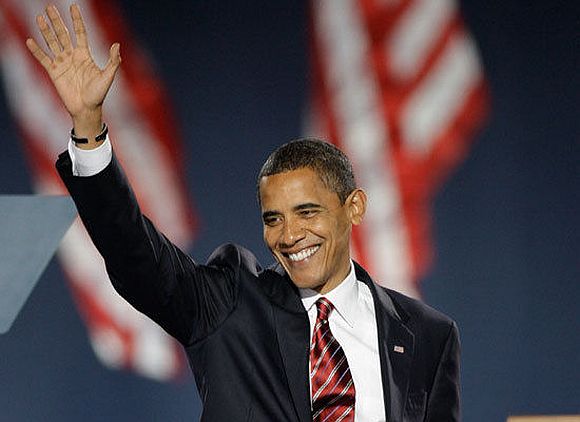
Considered one of the most widely-watched and repeated political addresses in history, US President Barack Obama's speech focussed on the major issues facing the United States and the world, all echoed through his campaign slogan of change.
The speech heavily referenced the inaugural addresses of former Presidents John F Kennedy and Abraham Lincoln, and also referred to speeches of Martin Luther King, Jr.
Read more about the story here
Click on NEXT to go further...
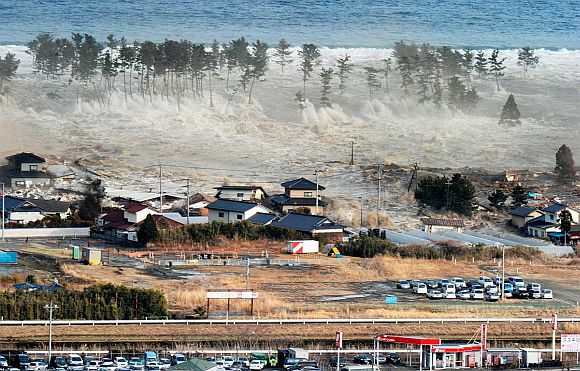
Coverage of the devastating earthquake and resulting tsunami that struck Japan March 11 helped media networks set several traffic marks.
Saturday, March 12, the day after the quake struck, the CNN website totaled 67 million global page views, according to Omniture SiteCatalyst, marking the highest weekend day in CNN.com history
CNN.com averaged 75 million page views per day from March 11-20, up 66 percent compared with the same period in 2010, and 60 million page views per day for the entire month of March, up 25 percent compared with February and 34 percent versus March 2010.
Read more about the story here
Click on NEXT to go further...
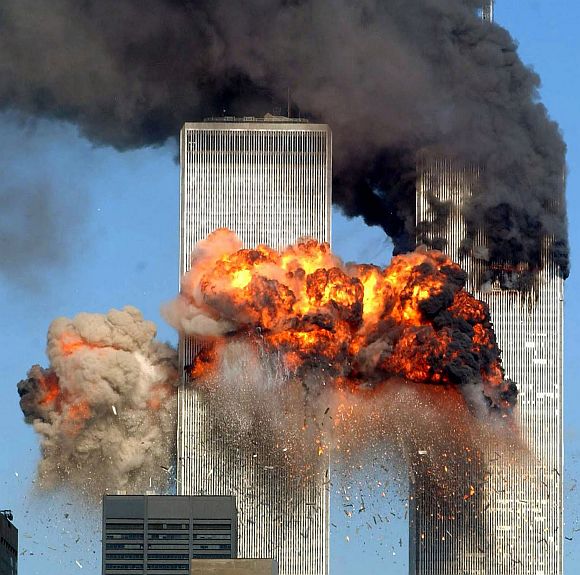
The September 11, 2001 terrorist attack is by far the most memorable moment shared by television viewers during the past 50 years, a study released today concluded.
The September 11 tragedy was nearly twice as impactful as the second-ranked moment, which was the coverage of Hurricane Katrina in 2005. Minutes after the first airplane struck New York's World Trade Centre on a late summer morning, television networks began covering the events continuously and stayed with them for days
The 9/11 attacks changed the way news is covered in a variety of ways. One change that was groundbreaking ten years ago was the news ticker. That's the information that scrolls from right to left on the bottom of the screen on the cable TV channels.
Click on NEXT to go further...
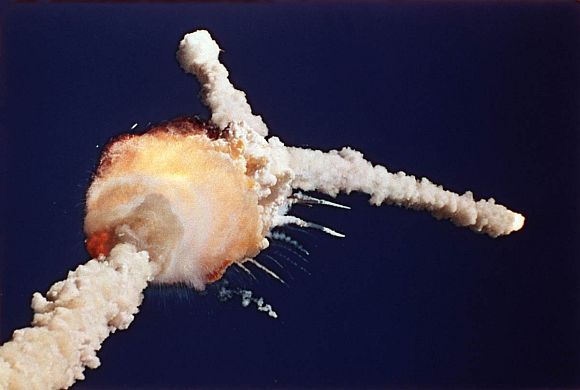
The Space Shuttle Challenger 51-L was the 25th mission in NASA's STS programme. On January 28, 1986, STS 51-L exploded shortly after liftoff, destroying the vehicle and all of its seven crew members. The STS 51-L mission was to deploy the second Tracking and Data Relay Satellite and the Spartan Halley's Comet observer.
Paramount to this mission was crew member S Christa McAuliffe -- the first Space Shuttle passenger/observer participating in the NASA Teacher in Space Programme. McAuliffe would have conducted live educational broadcasts from the Shuttle and transmitted them to classrooms throughout the world.
The loss of life and the unique position that symbolised Christa McAuliffe as the first civilian working as a teacher in space had a profound impact on society and its attitude toward NASA and the US Space programme.
Read more about the story here
Click on NEXT to go further...
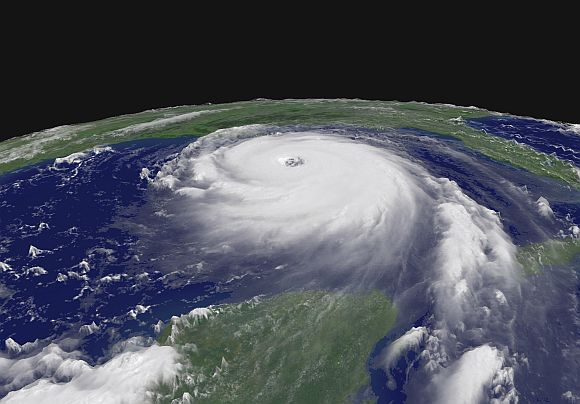
Hurricane Katrina was the deadliest hurricane to hit the United States in over seven decades (Kessler, Galea, Jones, & Parker, 2006).
This natural disaster is often compared and contrasted to the relief effort of the 9/11 terrorist attacks.
Both were mentally, emotionally, and fiscally devastating to the United States. Many have said that the efforts for 9/11 were more decisive, organised, and expedient than the effort for the Gulf Coast
Read more about the story here
Click on NEXT to go further...

When Prince William wed Kate Middleton on April 29, the event was commemorated by a series of media firsts as well.
It was the first big British royal wedding to be streamed live on the Web. It was the first to give birth to mobile applications. And it was the first whose soundtrack was released on iTunes within hours of the ceremony.
The networks deployed hundreds of workers and spent truckloads of cash on pundits to dish the inside scoop on the royals.
The media frenzy hit a fever pitch on the day Kate became Her Royal Highness Catherine the Duchess of Cambridge, with wall-to-wall coverage on several TV news stations and the internet buzzing with news and opinions about every aspect of the modern fairy tale: The Dress, the maid of honour, the carriage, the kiss
Read more about the story here
Click on NEXT to go further...
...